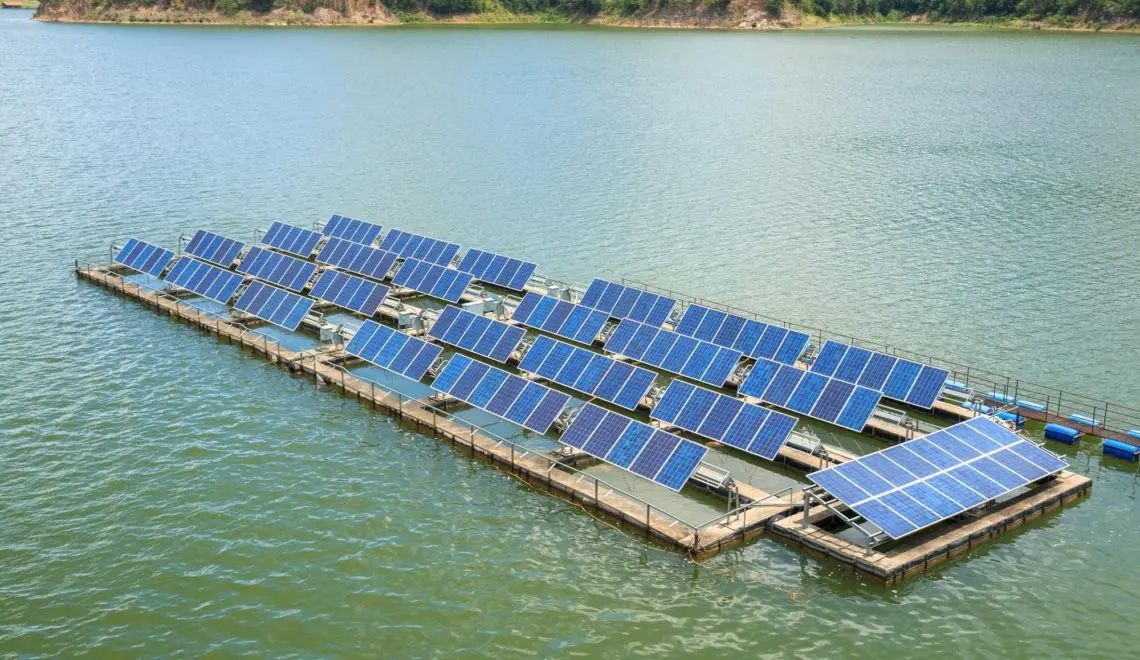- Products & Services
- PPA
- Knowledge
- Application
- Solar Panels For Buildings
- Solar Panels For Factories
- Solar Panels For Farm
- Solar Panels For Hospitals
- Solar Panels For Rooftops
- Solar Panels For Apartments
- Solar Panels For Agriculture
- Solar Panels For Electricity
- Solar Panels For Greenhouse
- Solar Panels For Lights
- Solar Panels For Offices
- Solar Panels For Parking Lots
- Solar Panels For Rooftops
- Solar Panels For School Buildings
- Solar Panels For Warehouses
- Download
- Projects
- Career
- Investor
- Dealership




